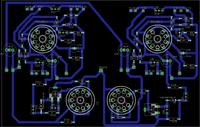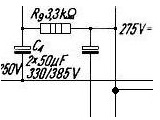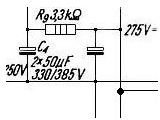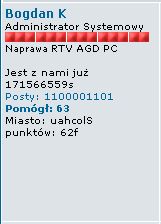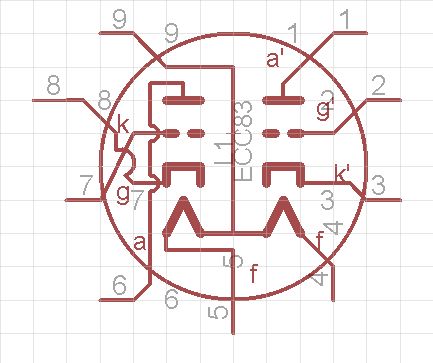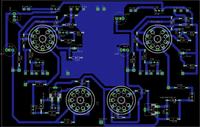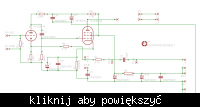Hello
I read a lot of posts on Elektrod about various tube amplifier designs and decided to make my first amplifier on PCL86 tubes, based on this diagram Link
Only what I changed, I made the second identical channel and used two EM84 indicators, the transformers on the output will be 2xTG 2.5-1-666 network transformer is TS40 / 29/670 from the Bambino turntable, during the design I came across such a problem and the ECL86 has a filament supply 6.3 V and PCL86 13.3V from the mains transformer I have only 6.3V which will power EM84 and now I do not know whether to use an additional transformer to get 13.3V voltage or use other solutions such as voltage doubler etc.
In the pictures shown, the diagram and layout of connections on the plate, please note and suggestions for changes or corrections, or a note of mistakes made is my first design and I would like to do it properly.
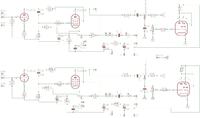

P1A./P1A ../ P1A ... - the volume potentiometer
P2A./P2A ../ P2A ... and P3A./P3A ../ P3A ... - tone color
X1 / X4 / X5 / X6 - output for loudspeaker transformers
MASS-Z voltage from the 6.3V power supply system
greetings
I read a lot of posts on Elektrod about various tube amplifier designs and decided to make my first amplifier on PCL86 tubes, based on this diagram Link
Only what I changed, I made the second identical channel and used two EM84 indicators, the transformers on the output will be 2xTG 2.5-1-666 network transformer is TS40 / 29/670 from the Bambino turntable, during the design I came across such a problem and the ECL86 has a filament supply 6.3 V and PCL86 13.3V from the mains transformer I have only 6.3V which will power EM84 and now I do not know whether to use an additional transformer to get 13.3V voltage or use other solutions such as voltage doubler etc.
In the pictures shown, the diagram and layout of connections on the plate, please note and suggestions for changes or corrections, or a note of mistakes made is my first design and I would like to do it properly.


P1A./P1A ../ P1A ... - the volume potentiometer
P2A./P2A ../ P2A ... and P3A./P3A ../ P3A ... - tone color
X1 / X4 / X5 / X6 - output for loudspeaker transformers
MASS-Z voltage from the 6.3V power supply system
greetings



